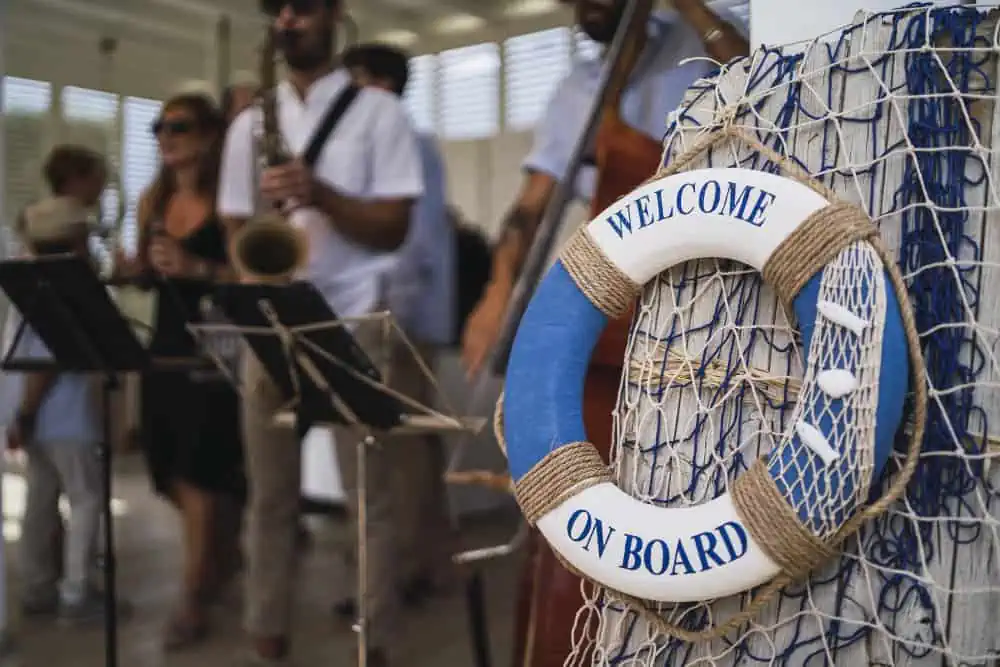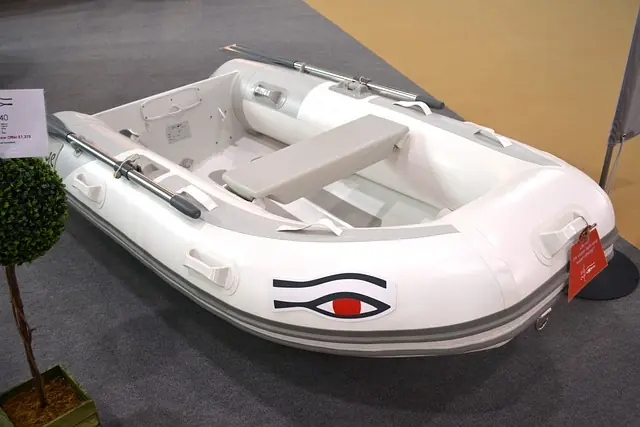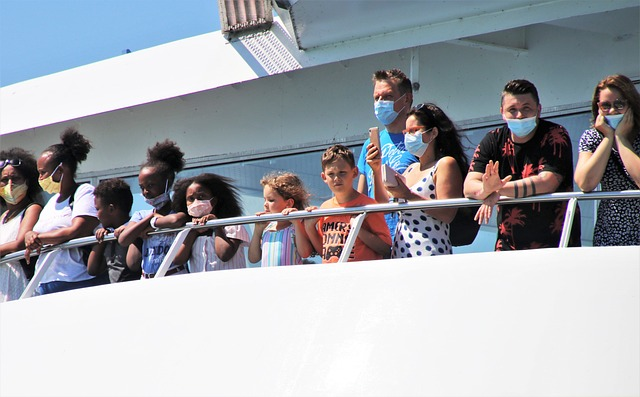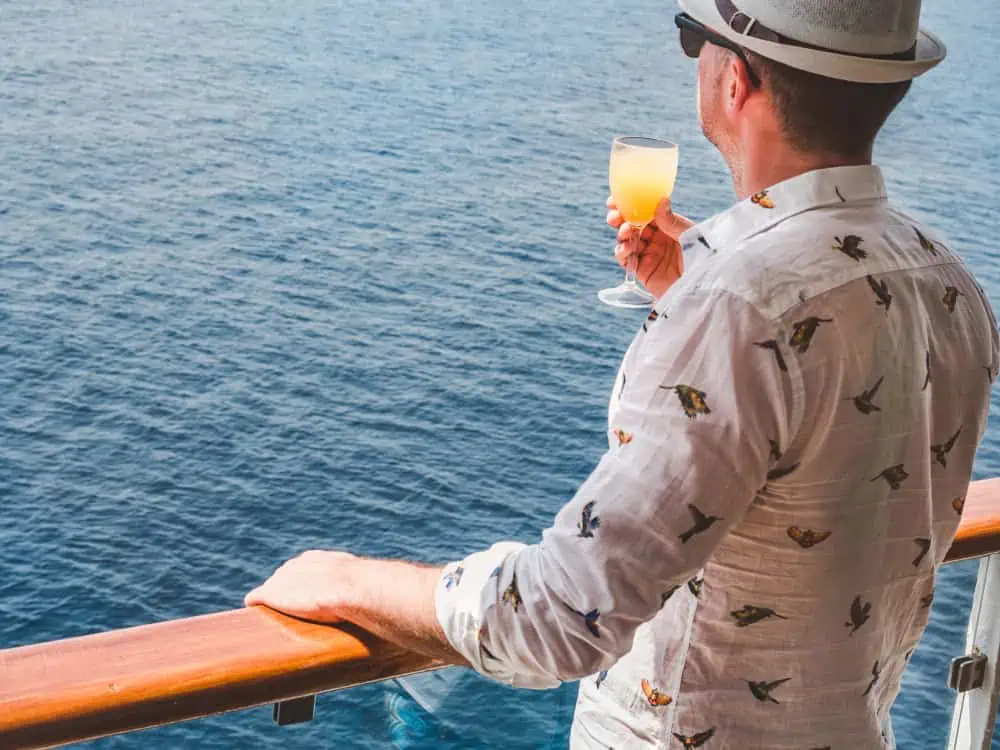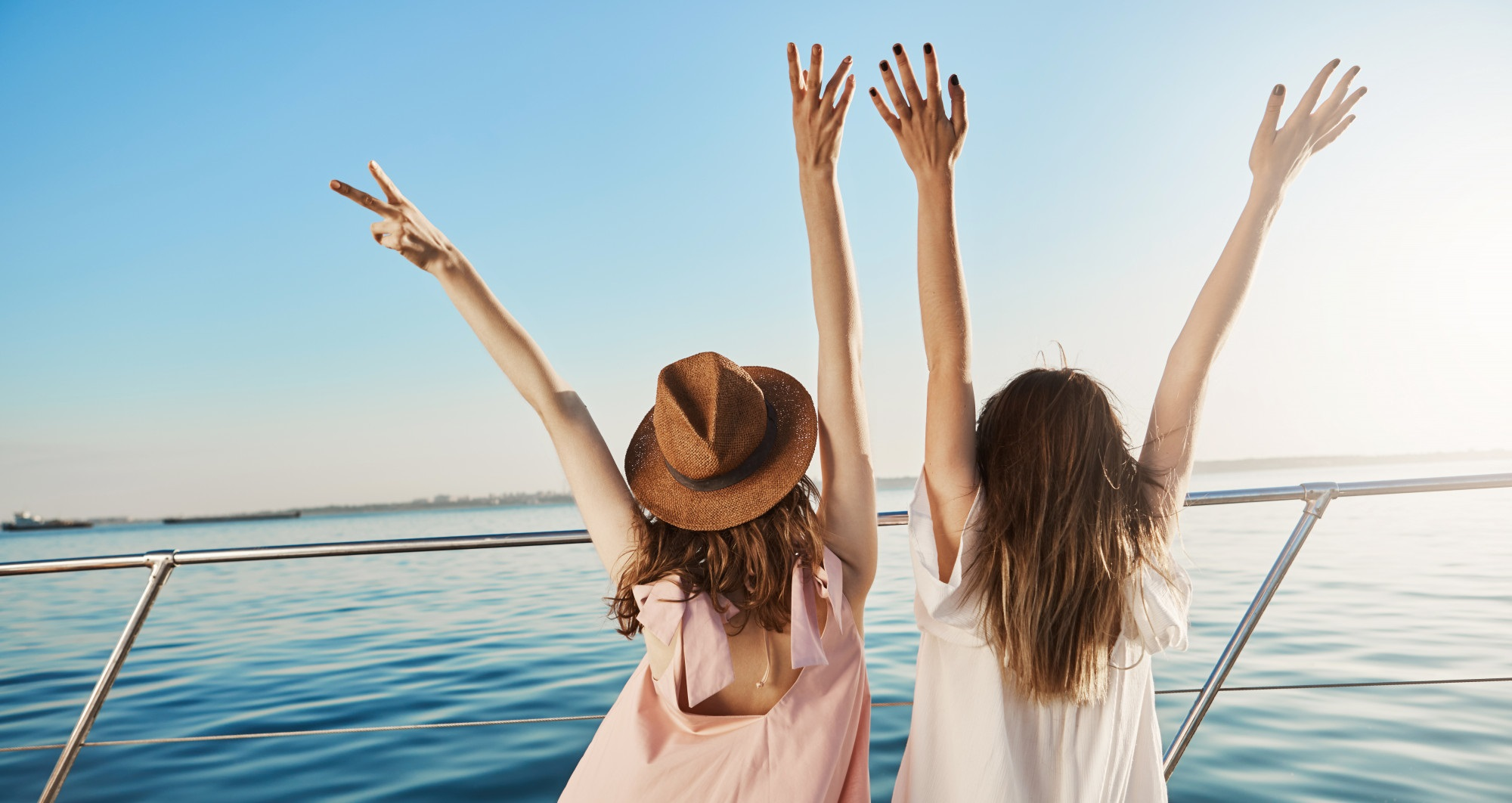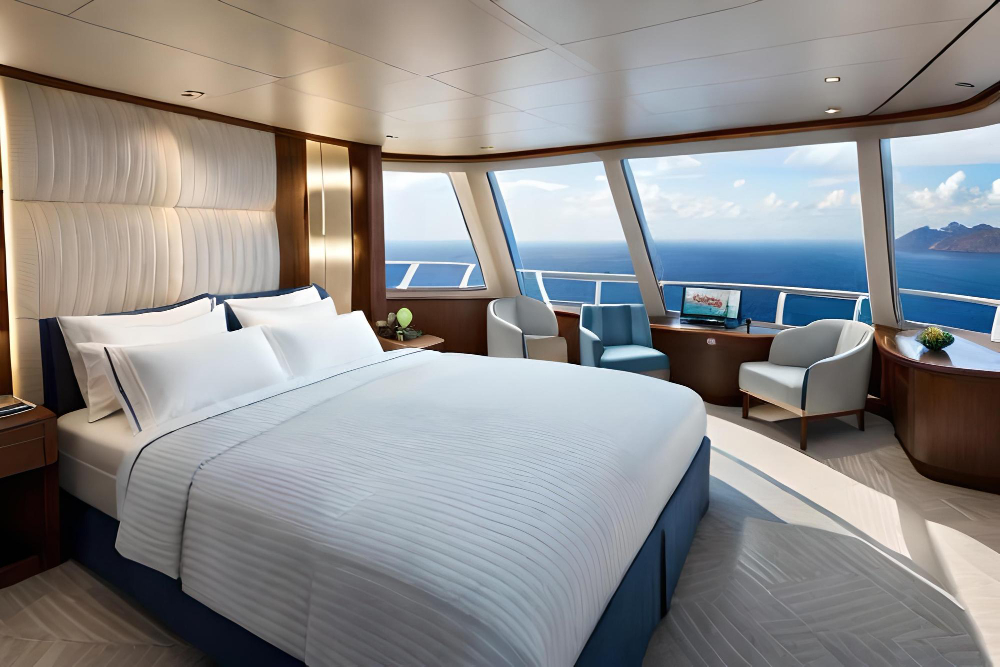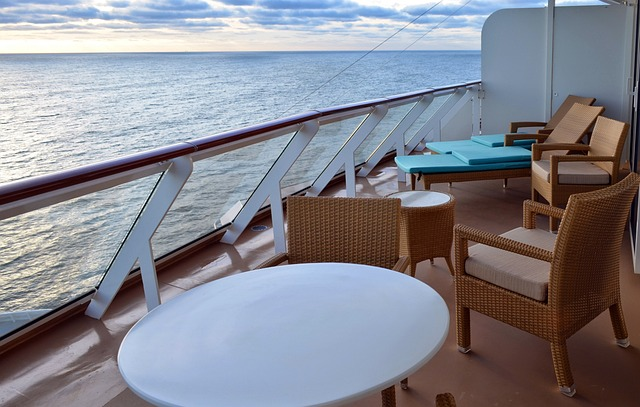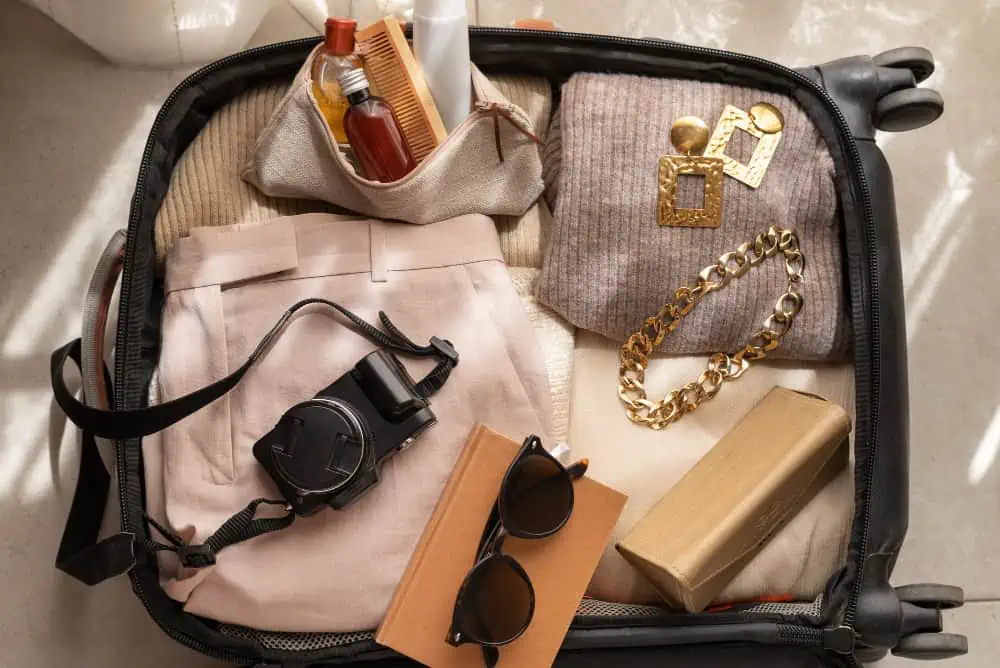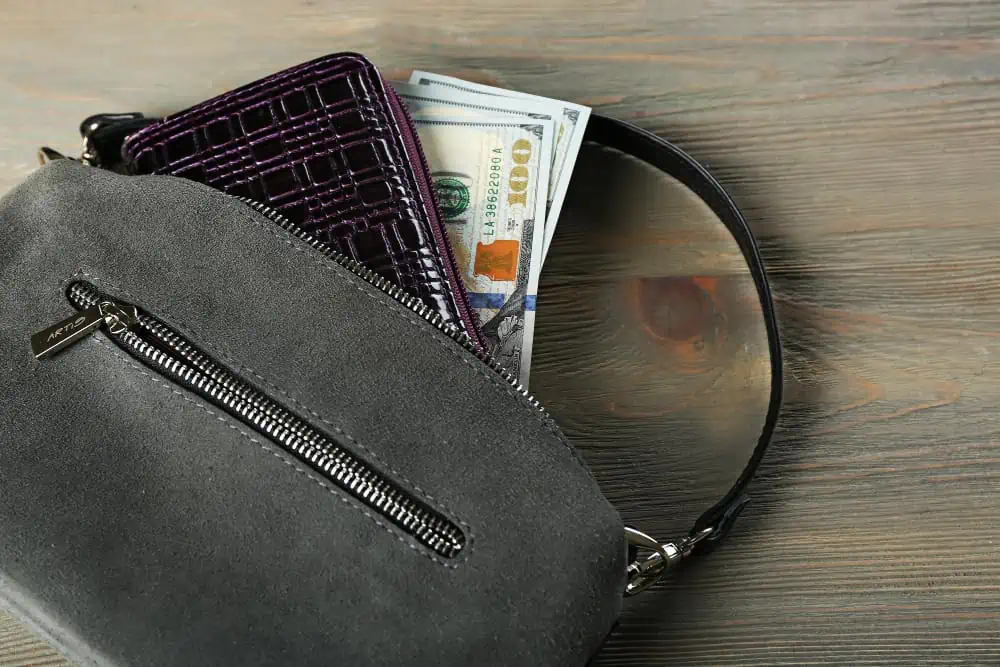Stepping onto a cruise ship for the first time, I remember feeling a mix of excitement and apprehension about safety. It’s a common sentiment among many first-time cruisers. However, having now spent decades enjoying various cruises, I’ve gained a deep understanding of the safety measures and protocols that keep these floating paradises secure.
In this article, we’ll explore the reality of cruise ship safety, and share essential tips to ensure your journey is as safe as it is enjoyable. So, let’s address the pressing question: Are Cruises Safe? and set sail towards peace of mind on your next cruise adventure.
Are Cruises Safe?
Absolutely! When it comes to traveling, cruises are one of the safest options you can choose. This isn’t just a casual observation; the statistics and procedures in place firmly back this up. First things first, accidents involving cruise ships are a rarity.
Think about it; you’re more likely to encounter issues on land than on a vast, open sea. This safety record is no accident (pun intended).
It’s a result of rigorous, regular inspections by the U.S. Coast Guard and the CDC, ensuring that every cruise line adheres to the highest standards of safety. This level of safety and regulation is reassuring, especially for those considering making a cruise ship their permanent residence. Living on a cruise ship means embracing a lifestyle where your well-being is a priority, supported by the ship’s committed staff and comprehensive safety protocols.
But what about the ships themselves? Modern cruise ships are marvels of engineering, built with strict safety standards. They’re designed to handle the unpredictability of the sea while ensuring the comfort and safety of everyone onboard.
And yes, this includes having sufficient lifeboats for all passengers and crew members, a requirement that’s part of the international Safety of Life at Sea (SOLAS) rules.
Even with the high-tech build, cruise lines don’t take chances. Regular safety drills are a staple of the cruising experience, preparing everyone for potential emergencies like fire safety or medical emergencies. Ever heard of muster drills? They’re not just a formality. These drills also cover procedures in the unlikely event of a ship tipping or capsizing, ensuring passengers know exactly where to go and what to do.
These drills familiarize passengers with emergency procedures, including where to find those bright orange life jackets.
Health and safety go hand-in-hand, especially in a post-COVID world. Cruise ships boast comprehensive onboard medical facilities, staffed by trained medical professionals ready to tackle anything from a minor scrape to more serious health issues.
Stringent sanitation procedures are the norm, with additional measures like social distancing, mandatory mask-wearing, and enhanced air filtration systems in place to combat health threats. This holistic approach to health safety, combining advanced medical facilities with strict preventive measures, reassures passengers that their well-being is a top priority, making the cruising experience safer and more enjoyable in today’s environment.
As for those fears of falling overboard? They’re significantly mitigated by safety barriers and diligent precautions.
Staying Safe on a Cruise
Cruising is all about fun and relaxation, but staying safe is key to ensuring your trip is nothing but smooth sailing. Let’s dive into some crucial precautions to keep in mind.
1. Be Smart About Your Alcoholic Drink Consumption
When you’re on a cruise, it’s tempting to let loose and enjoy a few drinks. After all, you’re on vacation! However, being aware of the impact of alcohol on personal safety is crucial.
Alcohol can impair judgment and coordination, which on a ship, could mean the difference between a great vacation and a not-so-great accident.
So, when enjoying your margarita or pint with your drink package, remember to sip smartly. Keep track of how much you’re drinking and stay within your limits. A good rule of thumb? Match each alcoholic drink with a glass of water – this will help you stay hydrated. Remember, moderation is the key to making the most of your cruise experience while staying safe.
2. Use a Buddy System and Avoid Being Alone
Whether you’re a solo traveler or with a group, the buddy system is a golden rule on a cruise. For solo travelers, it’s wise to buddy up with fellow cruisers you trust or participate in group activities. This not only makes the trip more enjoyable but also adds an extra layer of safety. And if you find that you’re enjoying the company of new friends met onboard, adding a person to your cruise after booking can often be accommodated by the cruise line, allowing you to share the experience even more closely. Just be sure to check with customer service for availability and any additional costs that may apply.
If you’re traveling with companions, stick together, especially at night or during off-ship excursions. They say that there’s safety in numbers and in this case, it’s true. Plus, sharing the experience with others is always more fun.
3. Precautions Within Your State Room
Your cabin is your sanctuary on the sea, but safety doesn’t stop at the door. First, ensure your door is always locked when you’re inside or out exploring the ship.
Most modern cabins come equipped with peepholes and safety latches – use them.
Also, familiarize yourself with the safety equipment in your room. This includes knowing where the life jackets are stored and how to use them. A few minutes spent understanding your in-room safety features can make a big difference in an emergency.
4. Secure Your Balcony
The balcony can be your private slice of the ocean’s majesty. While it’s a fantastic spot to soak in the views, balcony safety is key. Always ensure that your balcony door is securely locked when not in use, especially at night or when you’re away from your cabin. Enjoying the view? Great! But remember, climbing or leaning over railings is a big no-no. It’s all about enjoying that stunning vista safely!
5. Keep Your Valuables Safe
Your cabin is more than just a sleeping spot; it’s home to your personal belongings during your cruise. Keeping your valuables safe is simple yet essential. Utilize the cabin safe for important documents, jewelry, or gadgets. Not all valuables need to be locked away, though.
Sometimes, being discreet with your belongings while on the ship or during excursions is the best safety measure. Out of sight, out of mind!
6. Befriend Your Cabin Steward
Your cabin steward isn’t just there to keep your room tidy; they’re a vital part of your safety team. Building a good rapport with them can enhance your room’s security. A friendly relationship means they’re more attuned to your habits and preferences, which can be crucial in spotting anything amiss.
Plus, their frequent presence around your cabin adds an extra layer of security, offering peace of mind while you’re out exploring the ship or ashore. Remember, a smile and a kind word go a long way in building this important connection.
7. Don’t Carry Extra Cash
Handling cash on a cruise requires a blend of prudence and practicality. The key is to minimize the amount of cash you carry. Most cruise lines offer cashless systems, so take advantage of these for onboard purchases.
When going ashore, only take the necessary amount of cash and use credit or debit cards where possible. This reduces the risk of loss or theft and keeps your financial security afloat.
8. Respect the Crew Quarters and Passenger Boundaries
Cruise ships are like small cities, with distinct areas for passengers and crew. It’s important to understand and respect these boundaries. Entering crew quarters is a no-go; these areas are off-limits to passengers for safety and security reasons.
Respecting this rule ensures a harmonious environment and maintains the necessary professional distance between crew and passengers. It’s about mutual respect and safety for all on board.
9. Pay Attention During the Muster Drill
The muster drill might seem like a routine procedure, but its importance cannot be overstated. This drill is crucial for understanding what to do in an emergency. Paying close attention and actively participating in the muster drill ensures you’re aware of your designated assembly station, the use of life jackets, and the emergency procedures.
Think of it as your personal safety playbook; knowing it well can make a significant difference in an emergency. Your active engagement is not just a responsibility; it’s a key part of ensuring your safety and that of your fellow cruisers.
Conclusion
Cruise ships are bastions of safety, diligently undergoing regular inspections according to maritime law and complying with stringent international rules. Equipped to handle various emergencies, these ships ensure that accidents remain a rare occurrence.
Nonetheless, personal vigilance and awareness are key. By embracing these safety practices, passengers can contribute to a secure environment, making their cruise experience not only enjoyable but also reassuringly safe.
FAQs
What is the risk on a cruise ship?
The predominant risk on cruise ships currently is COVID-19 outbreaks. Despite comprehensive precautions and enhanced sanitation procedures, such as social distancing and mask mandates, there remains a possibility of outbreaks.
Cruise lines are vigilant in mitigating this risk, but like any public space, complete elimination of the risk is challenging.
How safe are you on a cruise ship?
Cruise ships are among the safest modes of travel, adhering to rigorous international safety standards and regular inspections. Equipped with advanced medical facilities, security measures, and a trained crew, they are well-prepared for various emergencies.
Personal vigilance enhances this safety, making cruises a secure choice for travel.
Are cruises safer than planes?
Cruise ships boast an impressive safety record, with the lowest rate of deaths per billion passenger miles at 0.08. In comparison, rail travel stands at 11.9, cars and trucks at 3.3, and commercial air travel at 0.8. This statistic underscores the relative safety of cruising, making it a safer option than many other popular modes of transportation.
Is there crime on cruise ships?
While incidents like sexual assaults and rapes are extremely rare on cruise ships, they are taken very seriously. These incidents, when reported, are promptly addressed by onboard security and law enforcement.
The cruise industry continues to strengthen security measures, significantly minimizing the risk of such crimes and ensuring the safety and well-being of all passengers.


